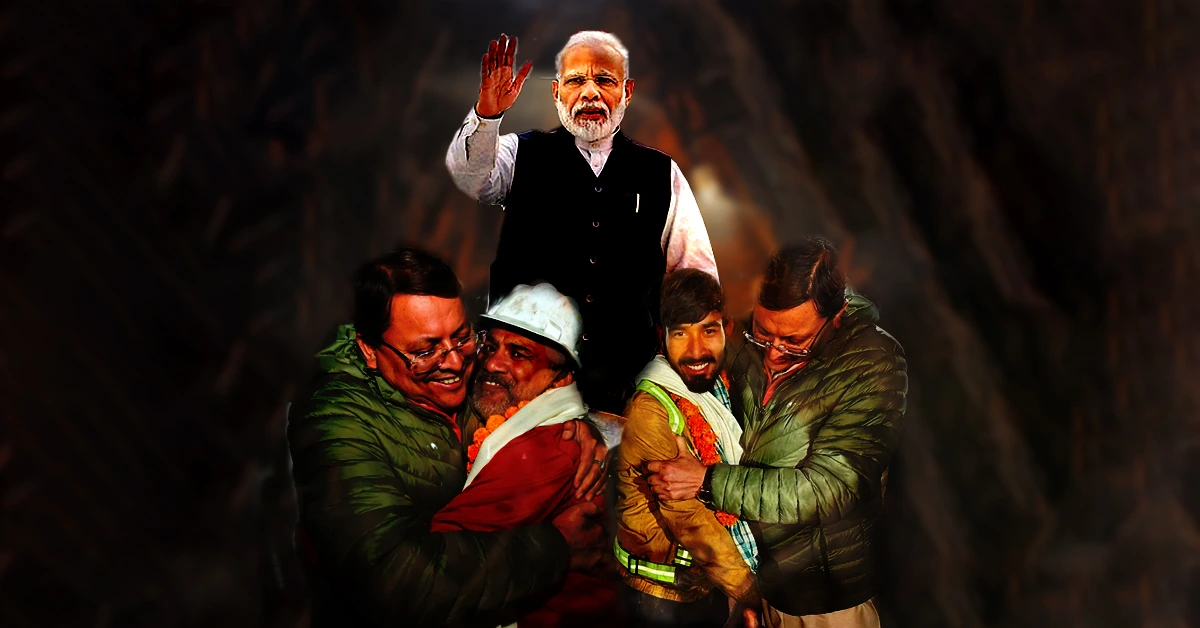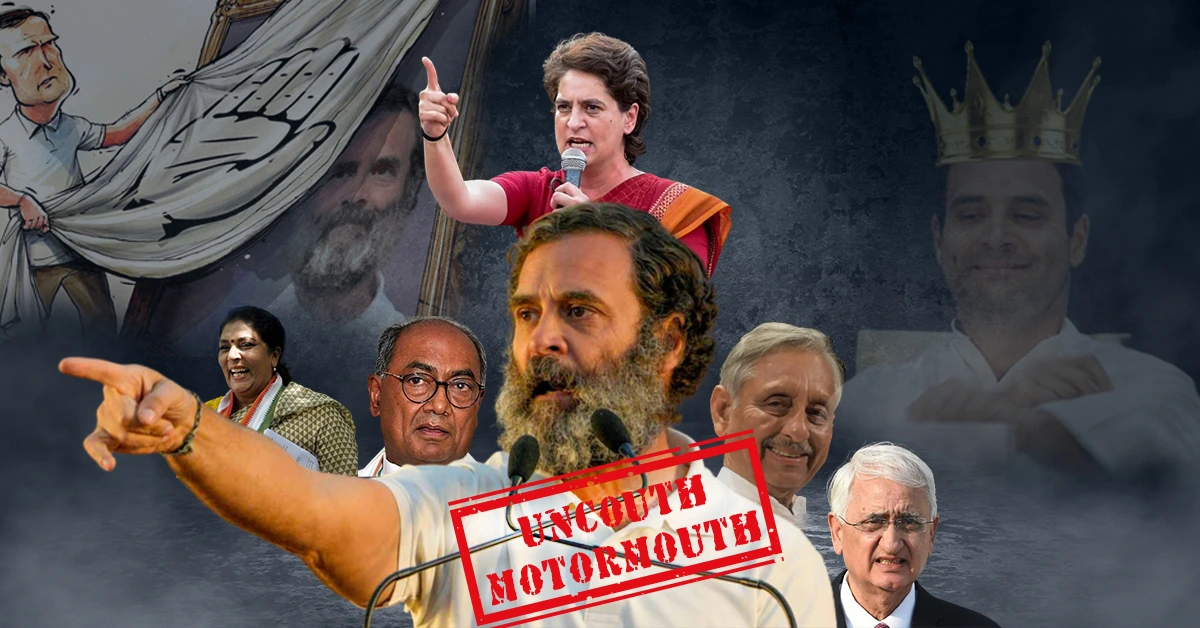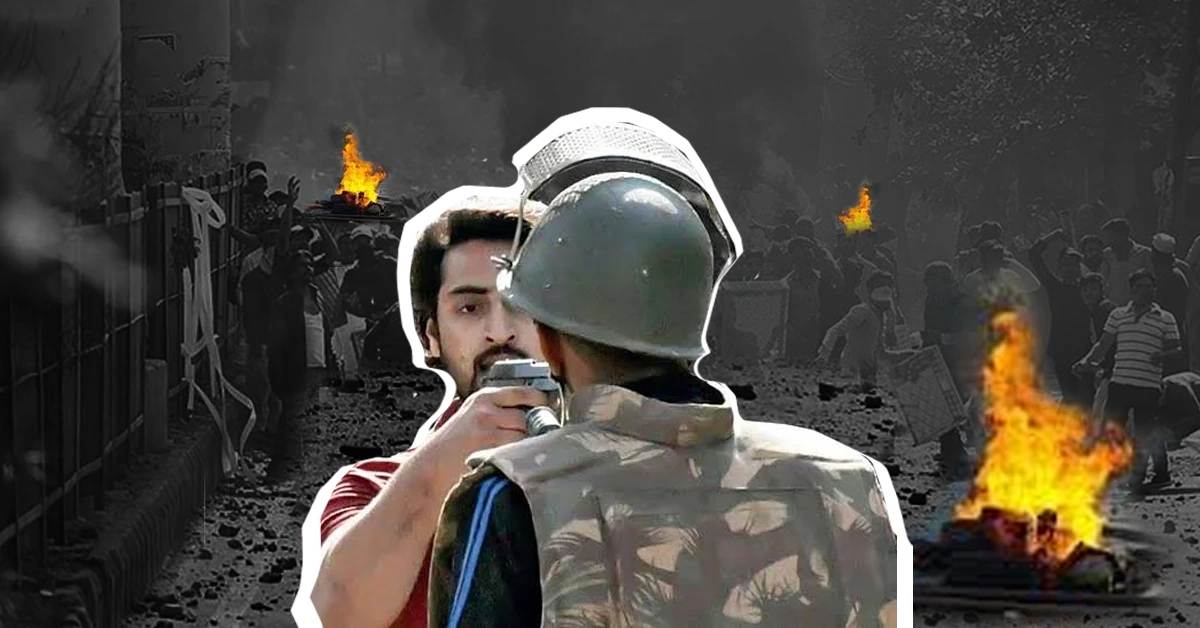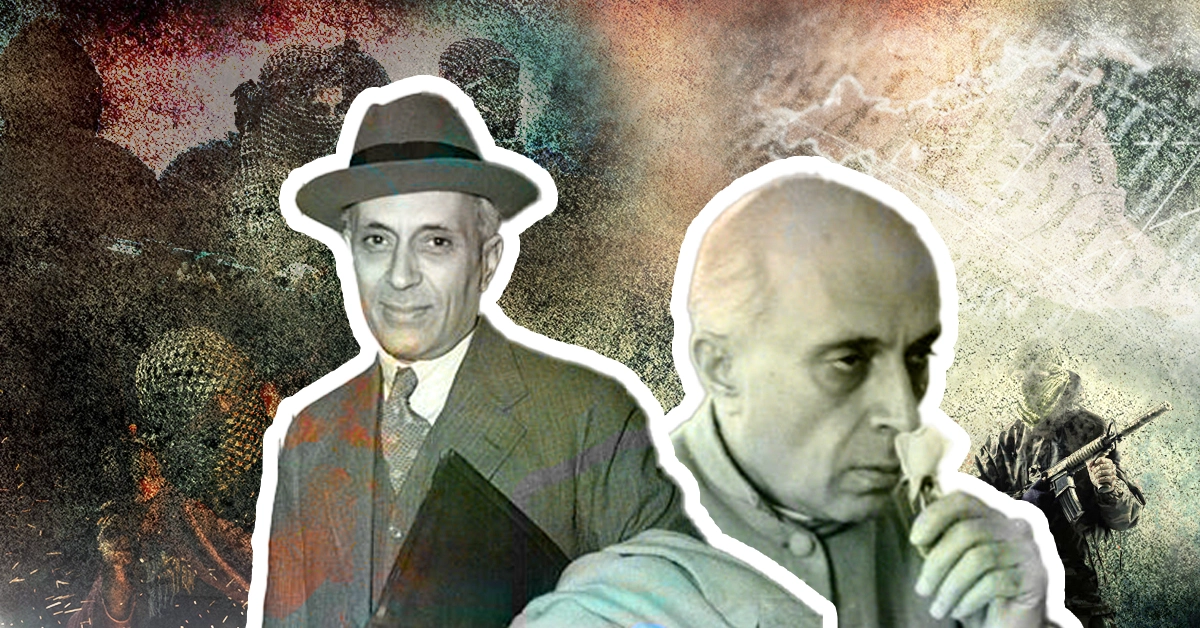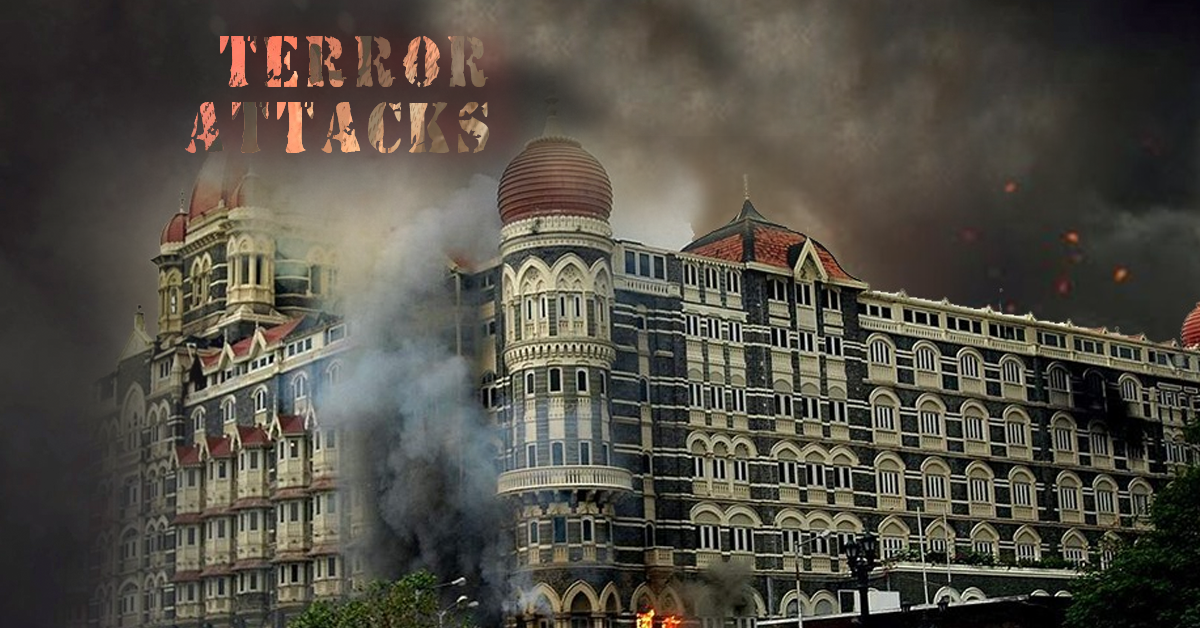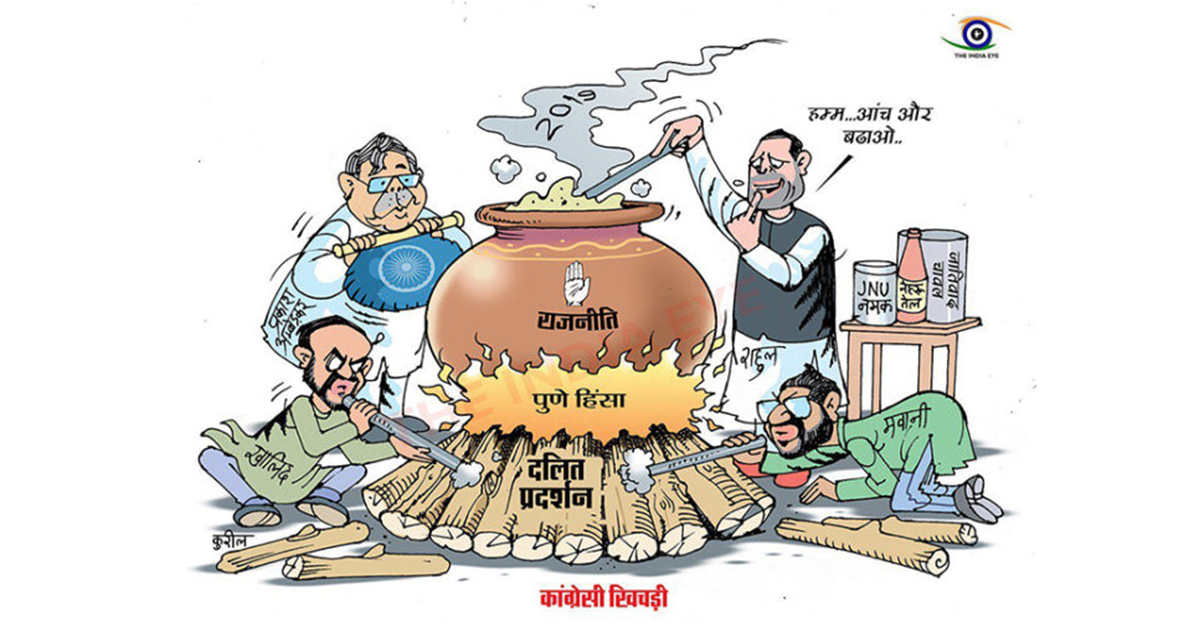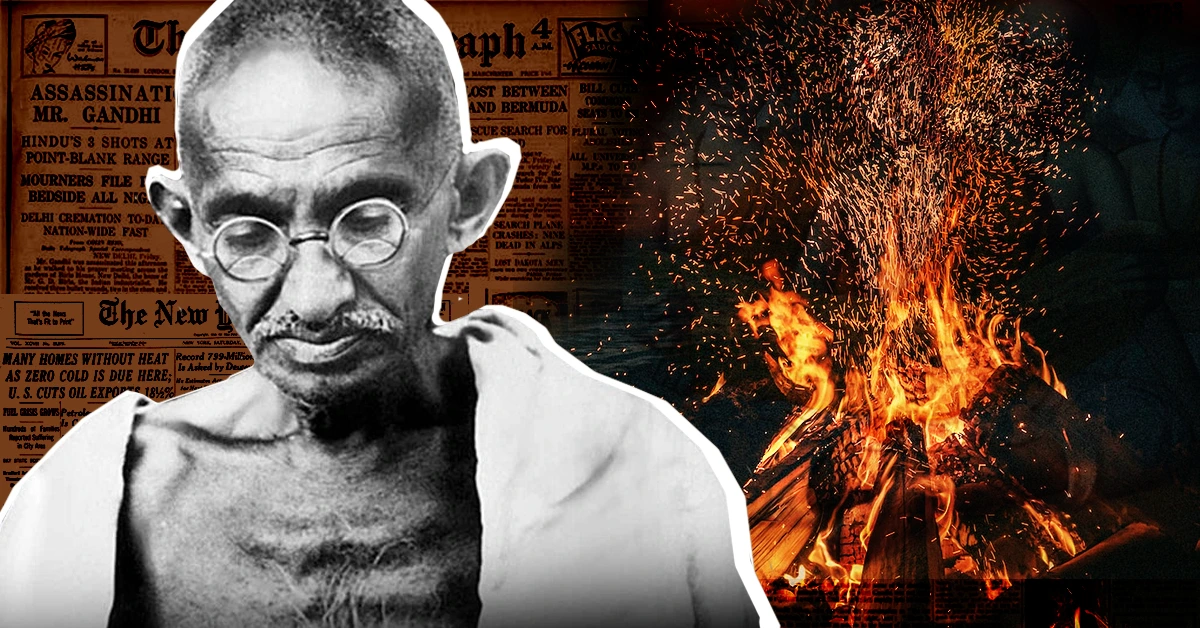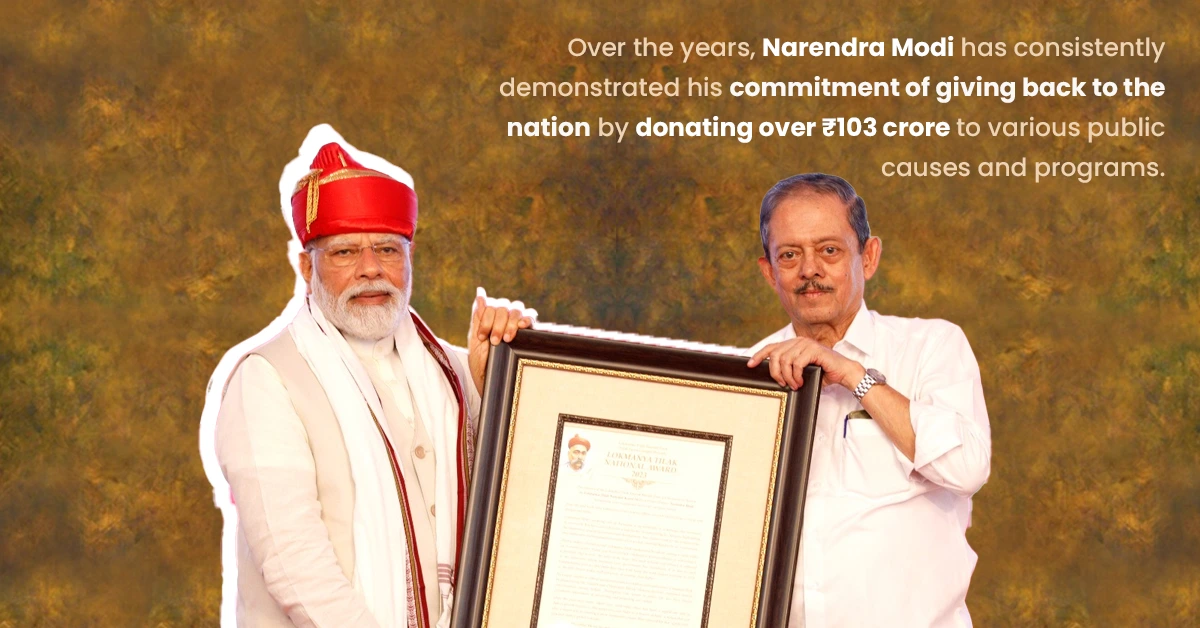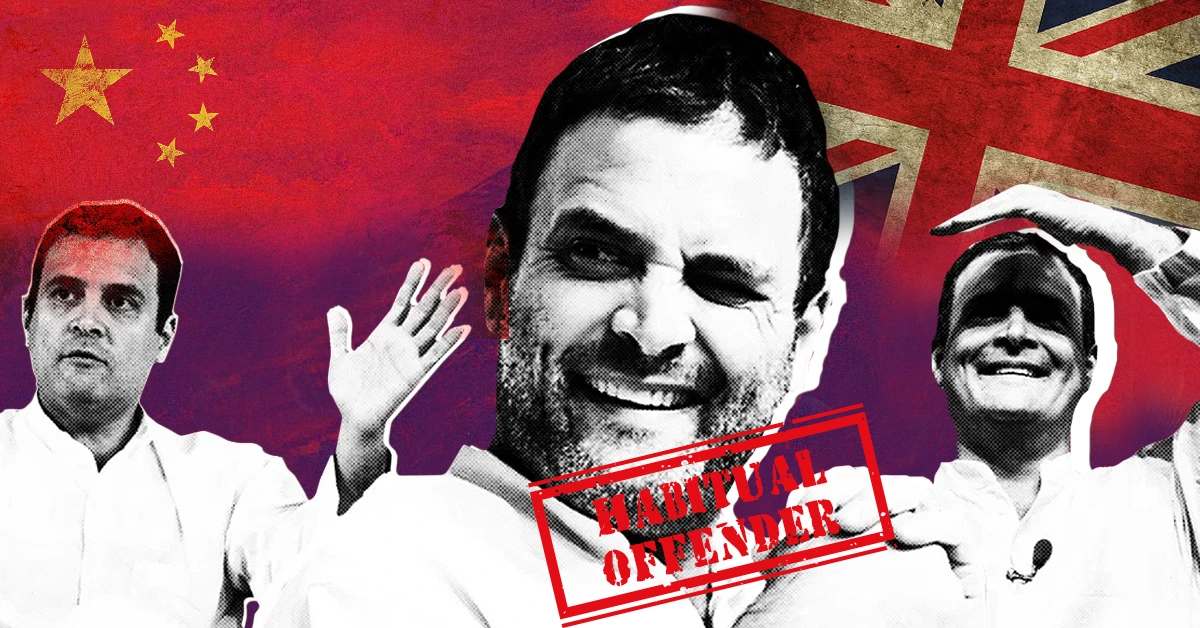Despite facing relentless criticism, Prime Minister Narendra Modi's commitment to the safety and well-being of every Indian has proven unwavering. The Silkyara tunnel rescue mission stands as a testament to Modi's exceptional leadership, turning challenges into triumphs and exemplifying a new era where every Indian life matters under his governance.
The Right That Is Wrong
The next time you question Modi’s culpability, you have to remind yourself how easy it is to fall for the causal narrative made without knowledge of history and reality. The Modi government has single-mindedly been focusing on civilizational revival, governance and capacity building.
Read Time: 13 minutes
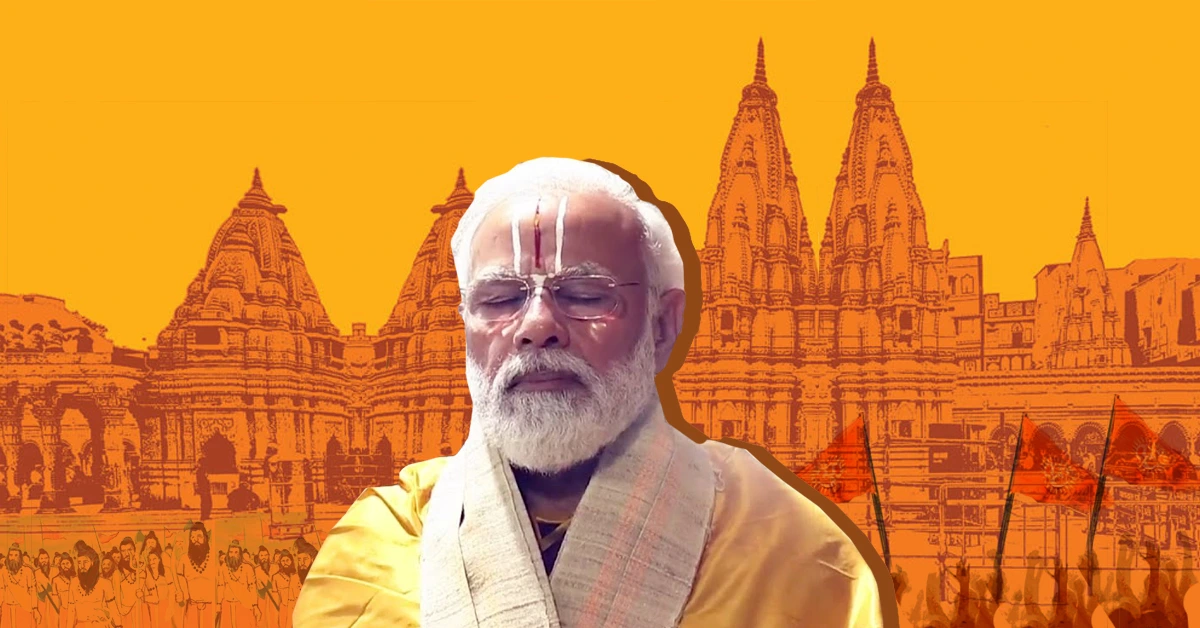
click play to listen to the article
अतृणे पतितो वह्निः स्वयमेवोपशाम्यति।
अक्षमावान् परं दोषैरात्मानं चैव योजयेत्॥
Fire that falls upon grassless land extinguishes itself. A man without patience brings trouble unto himself.
Introduction:
The BJP has many a times in the past been betrayed by some of its own supporters who have a tendency to get impatient for no reason. One had hoped, that these supporters would have learnt a thing or two from the shocking defeat of Atal Bihari Vajpayee in 2004, which had pushed the country into an abyss. One had hoped, that after returning from exile in 2014, these Hindu factions would stand firmly united to restore the glory of our civilization. One had hoped, that these factions would open their eyes to see how Narendra Modi was leading the civilizational revival of the nation. But that was not to be. Stupidity, ignorance and unwillingness to learn from past mistakes has become the trademark of these factions, who can see little beyond their inane notions. The ability of identifying the real opponent, and of subsuming minor differences to jointly oppose it, eludes them. We thus have a cacophony of different voices, saying much the same thing, but none of this translating into an efficacious common front. These internal differences among the factions — who self-identify as torch-bearers of Hindutva, and the rational voices focused primarily on Modi’s development agenda — which includes Hindu renaissance, are creating undesirable conflicts that will throw the nation back to 2004.
Many voluble segments from these factions are those who aligned with the BJP only when it suited them, sensing a chance to share the spoils of power under Narendra Modi. Many of them have been Congress supporters in the past. However, once they were overlooked for key positions in the new set-up, they became fidgety and vitriolic critics of the Modi Government. They started making farcical allegations, remarking Modi routinely betrays its supporters and throws them under the bus. These self-styled crusaders tell you through YouTube videos that Modi has abandoned his mission. They scream that Hindus have been made orphans in their own land. This crassness is amplified by meek social media warriors who easily succumb to such fake narratives. By doing so, they merely betray their desperation and out-of-date ideological posture.
Narendra Modi is a leader of a party wedded to discipline, nationalism and dharma. Though the scrutiny of both Modi and the BJP is mostly healthy, these criticisms are contradictory or made without knowledge of history and reality. In the last eight years, Modi has undone the damage done over centuries. It is only under his rule that Kashmir could be fully integrated in India; that we are seeing a Ram Mandir being built; that we are seeing the revival of the Mathura Vrindavan; that Kashi Vishwanath stands restored to its former glory. Narendra Modi has injected the Hindu psyche with a pride and confidence, something which was unthinkable just a decade ago.
Hindu Revivalism:
It started when Narendra Modi was the Chief Minister of Gujarat, with the revival of the Somnath temple — a temple destroyed 17 times by Islamic invaders. In 2014, Narendra Modi began his Prime Minister journey by performing the Ganga Aarti on the bustling ghats of Varanasi. The Modi government then drew up an elaborate blueprint to develop Ramayana circuit. The flood-battered Kedarnath temple was reconstructed in the grandest manner. Two ambitious ropeways and wide highways will be built to connect Gaurikund with Kedarnath and Govindghat with Hemkund Sahib. This will significantly reduce the time taken by pilgrims to reach Kedarnath shrine. He also unveiled a 12-feet statue of Adi Guru Shankaracharya among the mountains of Kedarnath.
The Buddhist circuit is being promoted since 2015. The Mahaparinirvan Express covering the Buddhist circuit around Bihar has vastly improved connectivity. Kushinagar airport was operationalized and a direct flight service between Columbo and Varanasi, the place of Lord Gautama Buddha’s first sermon was started. In Bihar and Uttar Pradesh, the Modi government plans to further develop and connect better the Buddhist sites of Bodh Gaya, Nalanda, Rajgir, Vaishali, Sarnath, Shravasti, Kushinagar, Kaushambi, Sankisa and Kapilavastu. A school for Buddhist studies was set up under Dr. Ambedkar International Centre. Buddhist festivals like Buddha Purnima, Lumbini festival, Losar festival, Ladakh festival are being celebrated to promote indigenous Buddhist culture.
The Tirthankara Spiritual Circuit is being developed to promote spiritual places associated with the holy tirthankaras and Jainism.
A corridor was opened to Sri Kartarpur Sahib. The 550th Prakash Parv of Sri Guru Nanak Dev ji, the 350th Prakash Parv of Sri Guru Gobind Singh ji, the 400th Prakash Parv of Sri Guru Tej Bahadur ji were celebrated with great fervor. Narendra Modi took part in ‘Veer Bal Diwas’, a programme organised in the remembrance of Sahibzadas, sons of Guru Nanak Dev ji.
Prime Minister Narendra Modi inaugurated the redeveloped Kalika Mata temple atop the Pavagadh hill, a temple whose peak stood dilapidated for the last five centuries. He inaugurated the breathtakingly transformed Mahakaleshwar Jyotirling Temple in Ujjain. Narendra Modi is integrating 51 Shaktipeeths (Maa Durga Temples). He revived the Umiyadham Temple in Gujarat; revival of several temple complexes in Jammu, Kashmir and Ladakh is underway; like that many temples in the south are being revived as well.
Earlier this year, the Prime Minister unveiled the 216-feet-tall Statue of Equality in Hyderabad commemorating the 11th century Bhakti Saint Ramanujacharya.
The Foreign Push:
Modi worked with — Bahrain for the renovation of the 200-year-old Shreenath temple; Abu Dhabi for the Swaminarayan temple; Vietnam for restoring the Cham temple complex; Myanmar to restore the Ananda and Laos Khmer temple; Cambodia for restoration of Preah Vihar; Lao for restoration of Vat Phou Shiva temple; Indonesia for preservation of the Borobudur and Prambanan temple; Nepal for the renovation of Bala Tiripura Sundari and conservation of Pashupatinath temple; Sri Lanka for preservation of Thiruketheeswaram temple; Bhutan for restoration of Rigsum Goenpa Lhakhang and Lingzhi Dzong; and Bangladesh for rebuilding the Ramna Kali and Sri Sri Joy Kali Matar Mandir. He also worked with South Korea and Bhutan for installing Lord Buddha’s status. Modi has revived the ancient cultural roots with Nepal, Japan and other South-East Asian countries.
Most Indian leaders in the past were reluctant to imbibe Indian culture and showcased only the Taj Mahal to the world. Modi gifts Bhagvad Gita to foreign heads of states. Narendra Modi took — the Australian Prime Minister to Akshardham in Delhi; First Lady of Korea to Ayodhya; Afghanistan’s President to the Golden Temple in Amritsar; Prime Minister of Japan, Israel and President of France to Kashi (where they all experienced the magical Ganga Aarti); Chinese President to Mahabalipuram and numerous foreign ambassadors to the Kumbh Mela in Prayagraj in 2019.
All that has been stated would be woefully incomplete without acknowledging Modi’s contribution to making Yoga a global movement by working with the United Nations in declaring 21 June as International Day of Yoga.
Heritage:
Our priceless antiquities were looted for centuries. Governments in the past being unattached to our culture were indifferent about retrieving these lost treasures. It was Modi who made it clear to the world that our heritage was important to us and that we want it back. Whenever Modi goes to any foreign land, he ensures that the lost heritage is brought back. In the first seven years itself, nearly 250 such stolen artefacts were retrieved as compared to just one between 2004 to 2014. The US committed to return 200 artefacts valuing in excess of $100 million ― some antiquities dating back two thousand years. Even Australia announced its plan to return stolen artworks worth $2.2 million to India.
Infrastructure at Worship Places:
Under the PRASAD scheme infrastructure is being developed at the following places: Ajmer (Rajasthan); Amritsar (Punjab); Amravati, Srisailam, Tirupati (Andhra Pradesh); Dwarka (Gujarat); Gaya (Bihar); Kamakhya (Assam); Kanchipuram (Tamil Nadu); Varanasi, Mathura, Ayodhya (Uttar Pradesh); Puri (Odisha); Vellankani (Tamil Nadu); Belur (West Bengal); Deoghar (Jharkhand); Guruvayur (Kerala); Katra (Jammu, Kashmir & Ladakh); Omkareshwar (Madhya Pradesh); Somnath (Gujarat); Trimbakeshwar, (Maharashtra), Chamundi Hills (Karnataka); Bhadrachalam (Telangana).
The Kashi Mahakal Express connects the Jyotirling temples of Omkareshwar (Indore), Mahakaleshwar (Ujjain) and Kashi Vishwanath (Varanasi). Rail connectivity by Vande Bharat to Vaishno Devi shrine has eased access to lakhs of pilgrims.
Education:
The National Education Policy heralds’ educational reforms that will help students reconnect to our civilizational roots. The 2-year course under BHU will teach scriptures, architecture, art and history of Hinduism. The Central Sanskrit University Bill, 2019 will revive and propagate our ancient classical language. The ‘Study in India’ programme offers short-term educational courses in Indic subjects like yoga, Indian history, culture and Sanskrit. Sanskrit learning application along with Universalization of Traditional Indian Knowledge platform were launched, through which knowledge on Sanskrit and various aspects of Indian culture such as culinary and cuisine, traditions, flora and fauna can be obtained.
To streamline Ayurvedic education system, the Institute of Teaching and Research in Ayurveda, Jamnagar and the National Institute of Ayurveda, Jaipur is being revived. A web portal ‘Ayurveda Grantha Samuccayah’ has been developed to bring all major classical compendia of Ayurveda on a single platform.
Conclusion:
Narendra Modi is damned if he does and damned if he doesn’t. Champions of Hindutva who have turned against Narendra Modi can easily be recognized by their social media timelines. Read their timelines and remember all that has been said above for the next time when they voice their so-called opinions. These are not honest Hindutva supporters expressing a view. These are lobbyists, who just like the Lutyens, wanted to create their own clique in the Modi government. Instead of becoming props of these lobbyists and starting needless battles by pitching Modi, Shah, Yogi, Himanta against each other, the social media warriors who amplify the message of these lobbyists need to recognize the huge amount of work and efforts that has gone into the government and governance. They must stop being hopelessly divided in terms of tactics. They must stop being prone to ideological hair-splitting. They must stop remaining in individual silos of self-righteousness.
The next time you question Modi’s culpability, you have to remind yourself how easy it is to fall for the causal narrative. Confronted with an assault of misinformation from the lobbyist, it would be a mistake if Hindutva supporters wade into the muck to assert the lobbyist agenda against Narendra Modi. The Modi government has single-mindedly been focusing on civilizational revival, governance and capacity building. This must not change. Without pitting Hindus against anyone else, Modi is motivating Hindus to discard their overwhelming sense of inferiority. Today in 2022, a New India is arising under Narendra Modi; a New India which has a profound respect for India’s enduring civilization and its diverse traditions; a New India which is proud of what Narendra Modi is doing for our ancient civilization and in turn for the nation’s destiny.
Share this article:
Leave a Comment
Recommended For You
The responsibility for taking India’s political discourse to such low levels of civility lies purely with Rahul Gandhi. Rahul Gandhi has been deliberately indulging in these theatrics with a definitive idea of spoiling the country’s public discourse.
With the passing of the CAA, stormtroopers in the lutyens media appears to have become the purveyor of inflammatory falsehoods with the sole intention of vilifying Narendra Modi. It then becomes necessary to to draw a distinction between truth and propaganda.
Nehru's abysmal leadership, marred by a servile attitude toward British interests, a blatant disregard for Maharaja Hari Singh's desperate pleas, and a criminally negligent delay in responding to the Pakistani invasion, inflicted irreversible damage on India. His self-serving actions spawned doubt, separatism, and bloodshed, creating a regrettable and tumultuous legacy →Read More →
The people of the country found Damocles sword hanging over their heads during Congress tenures. The Congress tenure must serve as a reminder to us that never again shall we allow our fate to be put in the hands of such evil forces. Never ever!
The rabble rouser is not the Yogi, but the hate mongering journalists and editors who seek to demean the verdict of the masses. Yogi Adityanath will prove to be a popular and effective Chief Minister, overseeing a regime of peace, harmony and justice for all.
The battle lines have been drawn for the 2019 general elections. The Congress and their pets continue their deplorable practice of turning tragedy into farce in pursuit of cynical politics.
On 30 January 1948, the Indian state under Congress decided to punish the Brahmins for no crime of theirs. Devotees of Gandhian Ahimsa were unleashed on innocent Brahmins to perpetrate a political genocide. Congress supported mobs pillaged, burnt and looted the homes of hundreds of innocent Brahmin families. These burning →Read More →
Prime Minister Narendra Modi's philanthropic endeavors, exemplified through generous donations to education, healthcare, and environmental conservation, have left a lasting impact on India. His dedication to public service, including donating prestigious awards and prize money, sets a positive example for others to actively participate in philanthropy and bring about meaningful →Read More →
Rahul Gandhi has the habit of making fabricated allegations beyond facts. There are several instances, besides him lying, where Rahul Gandhi has chosen to willingly undermine India’s sovereignty.

